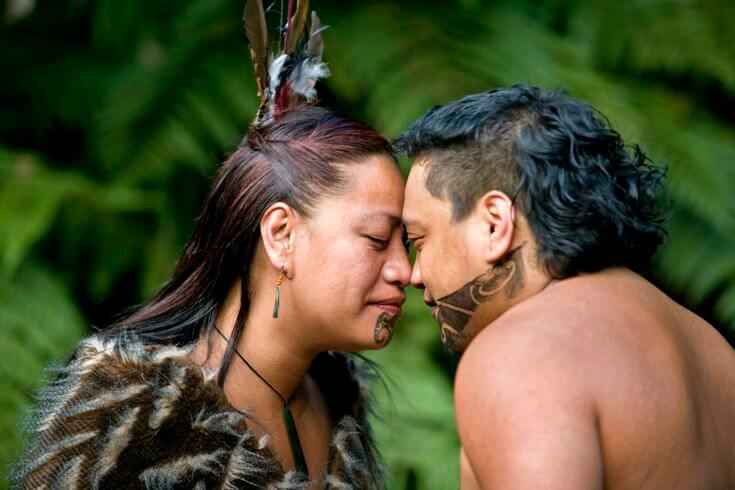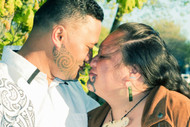Explore About Polynesian Tattoo Symbol: Breath
Posted by Maris on 5th Sep 2023
Te hā: (Maori) s. breath, essence, sound.
Often referred as the “breath of life” (tihei mauri ora), breath is very important in Polynesian cultures and tattoos. It is the root for hau (vital essence) and hauora (health, vigor)
The traditional Māori greeting, or Hongi, is performed by two people pressing their noses and foreheads together, symbolizing the exchange of breath between them.

Exchanging the breath has a deeply sacred significance that comes from the story of the god Tane, who infused life into the first woman, Hineahuone after creating her from earth.
The action of mingling the breaths symbolizes becoming one, and it represents unity.

In Hawai’i we have another symbol representing the breath of the god Ku (Kuhanu), where hanu means both breath and spirit, essence:

Ku is the Hawaiian god of war and is related to the dualism of life and death, as the symbol shows.
The following Marquesan symbol represents the nostrils of a tiki, and it symbolizes the breath of life:

The importance of breath is also reflected in tattoos, and how they are structured: a Polynesian tattoo must have “flow” and “breath”.
By flow we mean that one important feature is that every element must flow along with the others in a balanced design.
Breath means that the elements should not stick one onto the other: some space should be allowed between them to let the design “breathe”, coming to life through the flow of mana of all elements together.

The example below shows the difference between a stacked and a breathing design.


